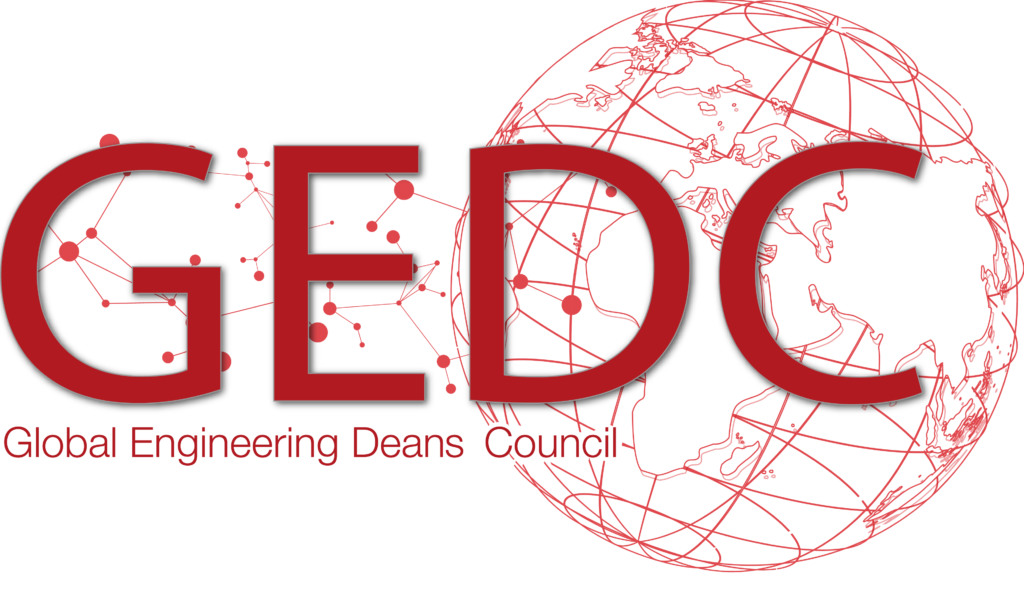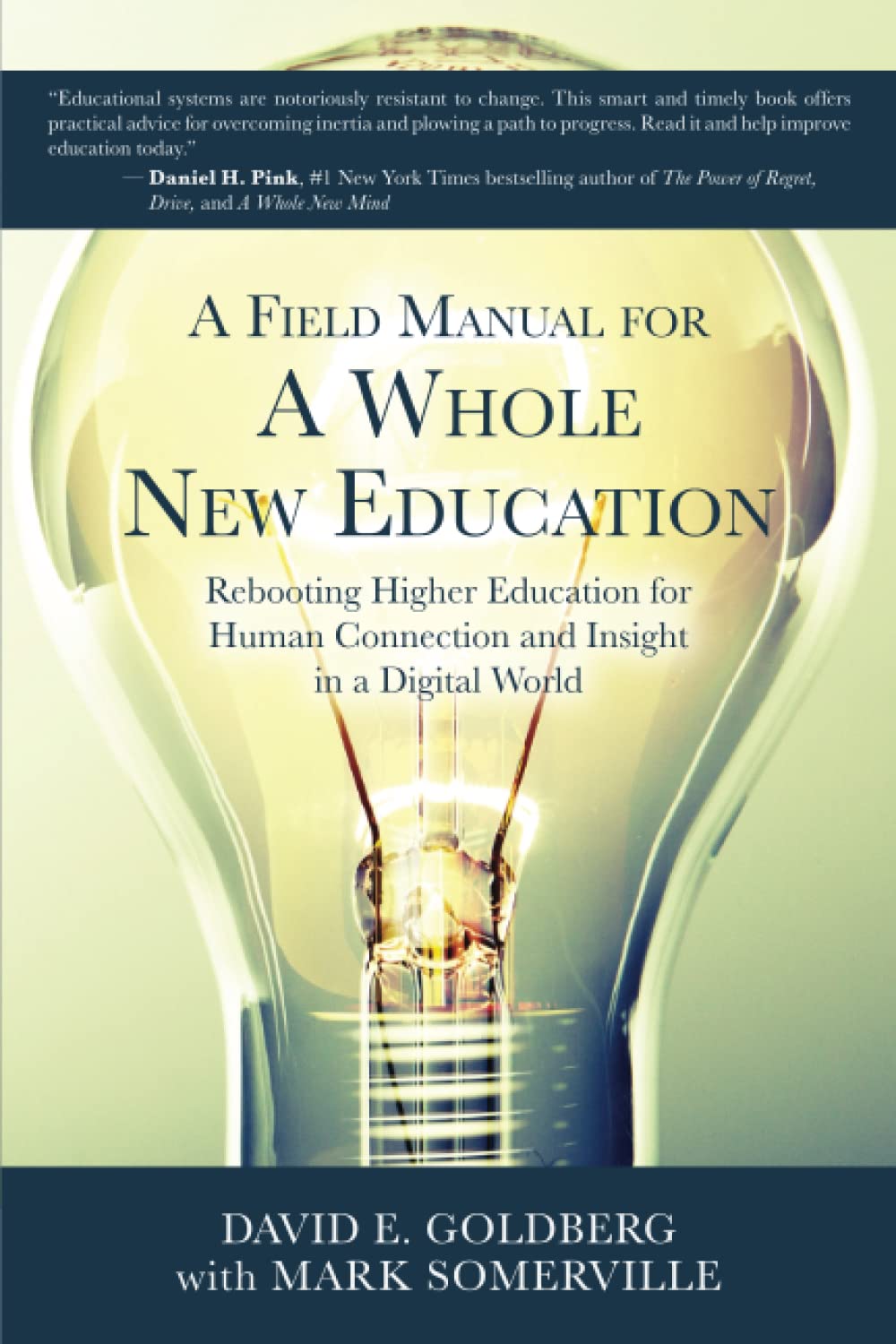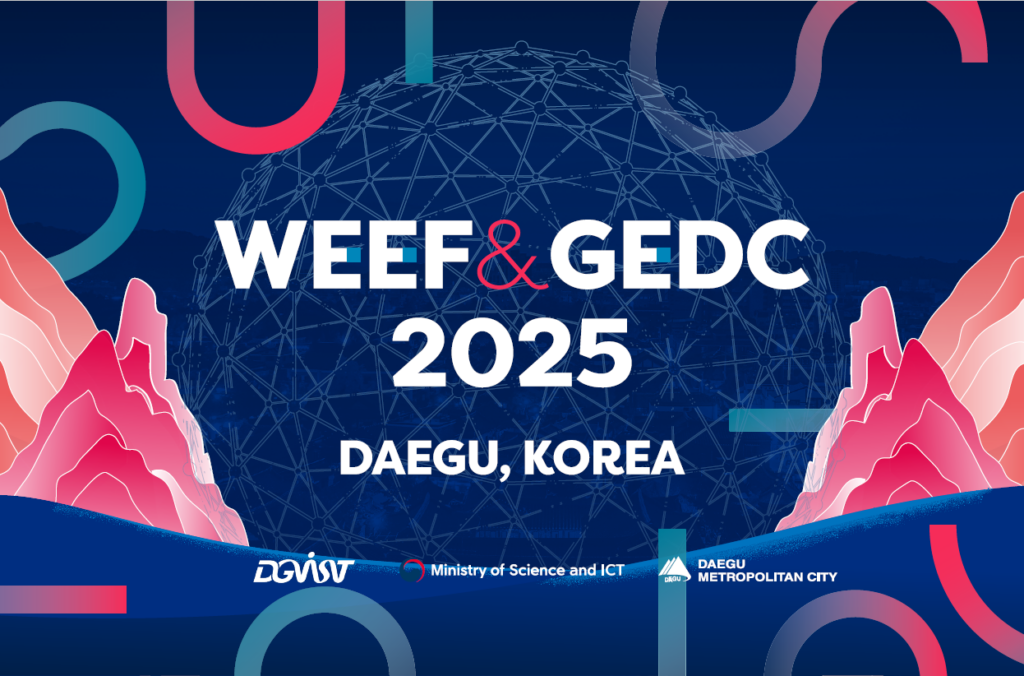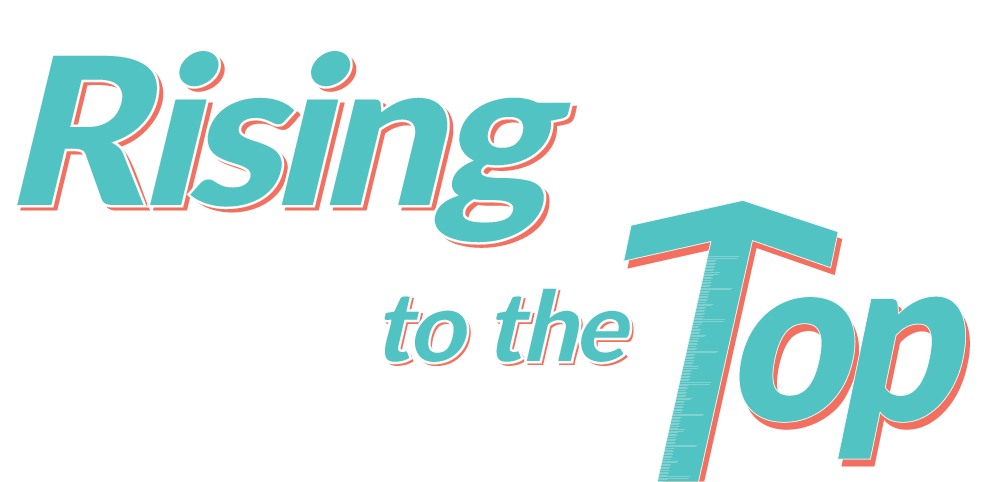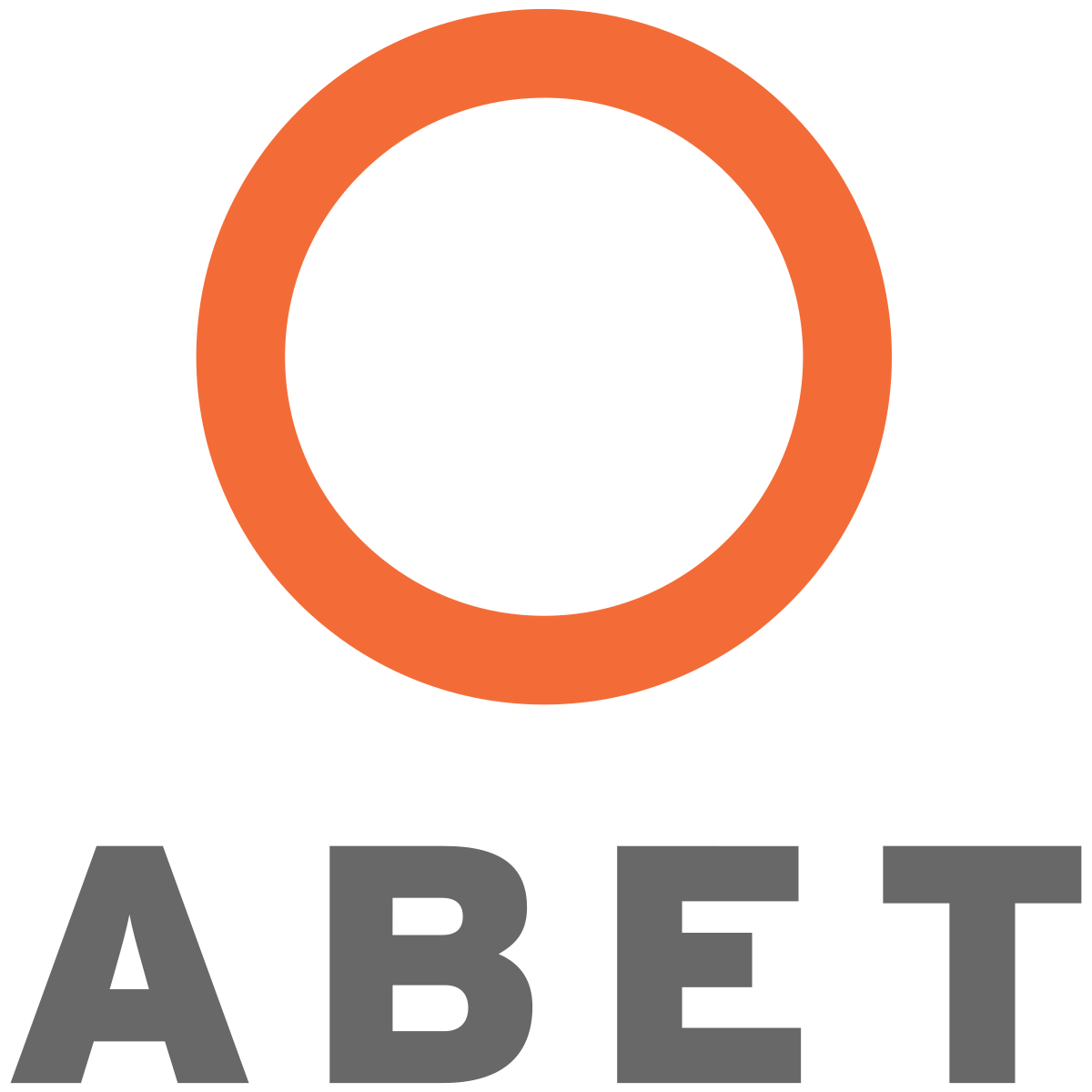In 2014, Olin College’s Mark Somerville, and David E. Goldberg published A Whole New Engineer: The Coming Revolution in Engineering Education (WNE) to usher in what can now be called the era of culture and mood shift in engineering education. Prior to that publication, the usual view of making change in engineering ed was to think in terms of CCP (content, curriculum, and pedagogy), but after the book, they heard stories of dean and department heads walking around campus saying, “We need more of this here,” and in the introduction to WNE we expressed our surprise at the key variables of change:
As they reflected on these experiences [at Olin and Illinois], they came to recognize that our initial thinking about the keys to educational reform was wrong. The key variables weren’t pedagogical. They weren’t financial. They weren’t curricular. They weren’t research. They weren’t any of the usual things we’ve always talked about as the engines of change. The variables were deeply emotional and cultural.
A Field Manual for a Whole New Education: Rebooting Higher Education for Human Connection and Insight in a Digital World is now out in paperback and ebook versions (here).
Noted thought leader Dan Pink had the following to say about the book:
Educational systems are notoriously resistant to change. But this smart and timely book offers practical advice for overcoming inertia and plowing a path to progress. Read it and help improve education today.
The mastermind behind the transformation of Purdue University’s College of Technology to the Purdue Polytechnic Institute, Gary Bertoline, had this to say:
We successfully transformed the College of Technology to the Purdue Polytechnic using prototypes of the methods described in this field manual. Read it, follow it, and hold on for what can be both a rapid and effective approach to deep student (and faculty) engagement and success.
The field manual can be read standalone or as a companion to A Whole New Engineer, and it covers the topics needed to make change quickly, reliably, and accurately. Specifically, the book covers what we might call the cognitive infrastructure of change, the sprints and spirits of change, and the affective implementation of change.
The Cognitive Infrastructure of Change: The 5 Shifts
Many leaders try (unsuccessfully) to get “buy-in” for their change efforts, but the field manual argues that the starting point is to sow the seeds of change through 5 shifts in what we might call cognitive infrastructure:
- The shift from practice as the application of theory to practice as reflection-in-action
and deep conversation. - The shift from head to heart, body, and hands.
- The shift from language as description to language as generative.
- The shift from planning to little bets.
- The shift from problem solving to managing co-contraries.
More is available in the book (chapter 4), but each of the 5 shifts is important both in the making of change and the content of change in a world of generative AI, robotics, and apps.
How to Change: 4 Sprints and Spirits Method (4SSM)
The book advocates for processes of change that can be seen as an amalgam of the best of agile
project management, design thinking, and the 5 shifts. In particular, the 4 sprints and spirits
method (4SSM) has 4 sprints:
- 4 spirits sprint
- Bright spots and great possibilities sprint
- Educational canvas sprint
- Negotiating tradition && change
The 4 spirits sprint starts by getting members of the change team to reflect about culture, motivation, student futures, and key co-contraries. This sprint helps educate members in key concepts for change and through the co-creation of common language to talk about change for their unit. The bright spots and great possibilities sprints gets members to look in and outside the institution for good exemplars of change and to refine those concepts into doable change components. The educational canvas sprint assembles the possible pieces of the tradition and innovation into a visual picture of the changed curriculum. The final sprint looks at one or more canvases of change to negotiate a solution combining the best of tradition and innovative approaches.
Affective Implementation of Change: Journey to a Good Mood
One byproduct of the 4SSM approach is what I have called the journey to a good mood. The training in the 5 shifts plus the amount of conversation essential to running the 4 sprints and spirits method results in a special feeling or mood among the participants, and in many ways this change in mood is the telltale of the starts of a new departmental culture. Unfortunately, once plans are formulated, it is often the case that these are handed over to conventional committees to implement. This handoff almost immediately results in backsliding to the old culture. Given that we now understand that culture and mood are the essential variables of educational change, this is a mistake.
To overcome this problem, the field manual recommends a process of affective implementation where the mood of the resulting change is as important as the rational programmatic products of change. This often requires setting up a special structure, a change incubator or an RSSI (respectful structured space for innovation); for example, the iFoundry incubator described in chapter 2 of WNE was an RSSI. By creating a special place where the mood and culture of the change process can be enhanced, cultivated, and continued, we protect the nascent culture from the backsliding that naturally comes by letting the old culture strangle the new.
Bookends of Engineering Education Change
In this way, in 2014 A Whole New Engineer set out a new conceptual framework for bringing about change in engineering education, and A Field Manual for a Whole New Education now sets out a new practical framework for bringing about the essential cultural and mood change desired, quickly, reliably, and well. The process of learning continues and regular updates on that learning are available on the LinkedIn newsletter Rebooting Higher Education.
DAVID E. GOLDBERG (Dave) is an artificial intelligence pioneer, engineer, entrepreneur, educator, and leadership coach (Georgetown). Author of the widely cited Genetic Algorithms in Search, Optimization, and Machine Learning (Addison-Wesley, 1989) and co- founder of ShareThis.com, in 2010, he resigned his tenure and professorship at the University of Illinois to work full time for the improvement of higher education. Dave now gives motivational workshops and talks, consults with educational institutions around the globe, and coaches individual educators and academic leaders to bring about timely, effective, and wholehearted academic change. Contact Dave at deg511@gmail.com or on LinkedIn https://www.linkedin.com/in/deg511/.

